Virtual reality is the rising thing in the tech world. While Google was already part of the Virtual Reality world with its low budget Google Cardboard, last year in May, Google at its annual developer conference announced a new Virtual Reality mode called “Daydream” that would come built in the supported devices running Android Nougat and above.
Since Virtual Reality is a new technology, the content is fragmented and due to the lack of specific guidelines, the Virtual Reality content is not up to the mark. This is where Google Daydream comes into the play. Daydream is Google’s approach to improve the experience of Virtual Reality. Hence, Google has set certain conditions and requirements for Daydream.
Also read: Google Assistant Tips and Tricks.
First, it requires a Daydream enabled handset followed by a VR headset known as Daydream View and finally the Daydream Home, where all the VR content is available, be it from a small developer or a big developer.
Thanks to these things, VR experience has improved tremendously as the Daydream Viewer with Daydream handset can be used for extended periods without any eyestrain or nausea. Further, you can interact with VR applications using the Daydream controller.
Check out: Useful WhatsApp tips and tricks that you should know
Daydream handsets
Talking about Daydream ready handsets, as of now, very few devices support Daydream, with Google Pixel being the first followed by Moto Z. The Moto Z was the first handset outside Google’s Pixel series to receive support for Daydream View. Recently, the flagship devices from Samsung, the Galaxy S8 and S8+ also received the Daydream support.
Now, you might be wondering why there are only few Daydream enabled headsets? Well, as already mentioned, for a smartphone to be Daydream-ready, they have to meet certain specification guidelines viz. resolution of at least 1080p @ 60Hz display with 3ms or less latency and 5ms or less persistence, OpenGL ES 3.2 and Vulkan, Consistent 60fps rendering and sensors such as temperature sensor etc. Check here for full requirements.
Check out: Cool hidden features of your Android device
Not all devices meet these requirements and hence are not Daydream ready. One example is the new flagship device from HTC, the HTC U11. It is not Daydream ready because of lack of the required features.
Now, don’t be sad that you would have to buy a new handset to experience the new Daydream mode. You can test the Daydream mode on your current Android handset by the method given below. However, keep in mind, since the method, basically, forces the Daydream apps to run on your handset, you won’t get the true experience of Daydream as you would get from a Daydream compatible phone. Also, we don’t recommend using Daydream apps on a non-compatible Daydream handsets for a long duration.
Check out: High battery usage by Android? Here’s how to fix it.
Also, did we mention your phone must be rooted? Because that’s the other condition for this method to work besides the need to be on Android version 7.0 and above.
Step by step instructions
- Install Google Daydream app and Google VR services from the Google Play Store.
- Install Root Explorer app from the Google Play Store (your device must be rooted and running Android Nougat 7.0 and above).
- Open Root Explorer app and locate /system/etc/permissions/handheld_core_hardware.xml. Select Edit.
- Locate Root Permissions and add <feature name=”android.software.vr.mode” /> <feature name=”android.hardware.vr.high_performance” /> to the tag.
- Restart your phone.
- Open Daydream app and place your phone inside the headset. If you are able to view the VR content, well, and good.
- Remove root access so that no other app is able to access your Android files and hence, mess up with your device security.
After you have removed the root access, you can still use the Daydream app on a non-compatible Android phone.

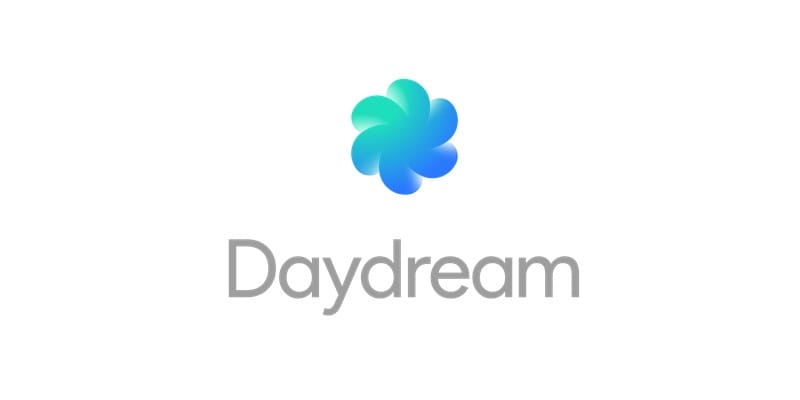

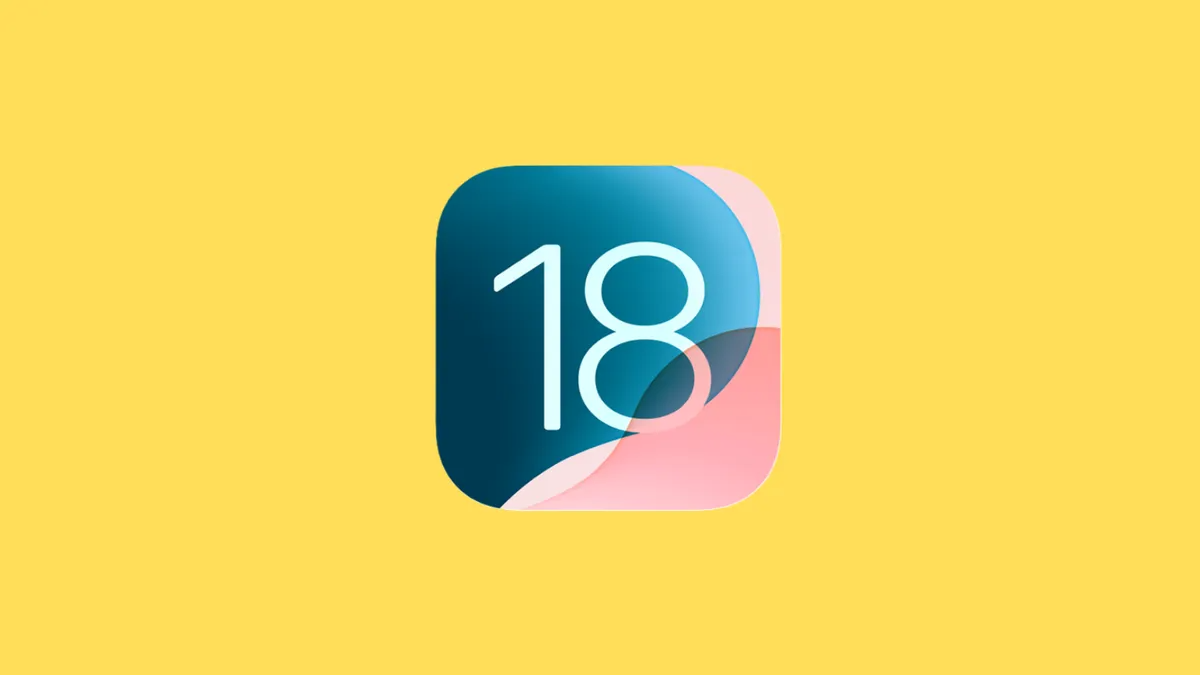

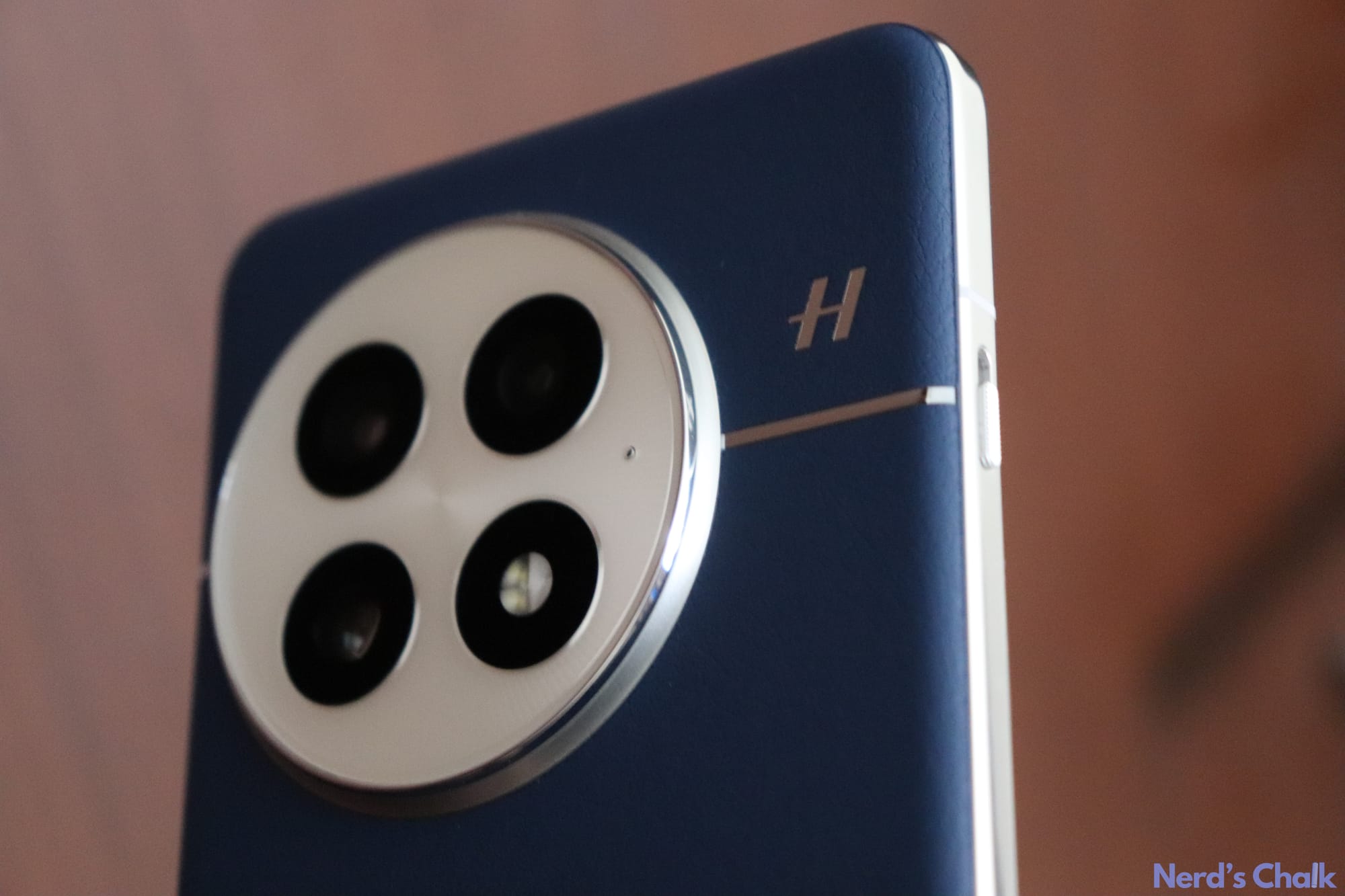
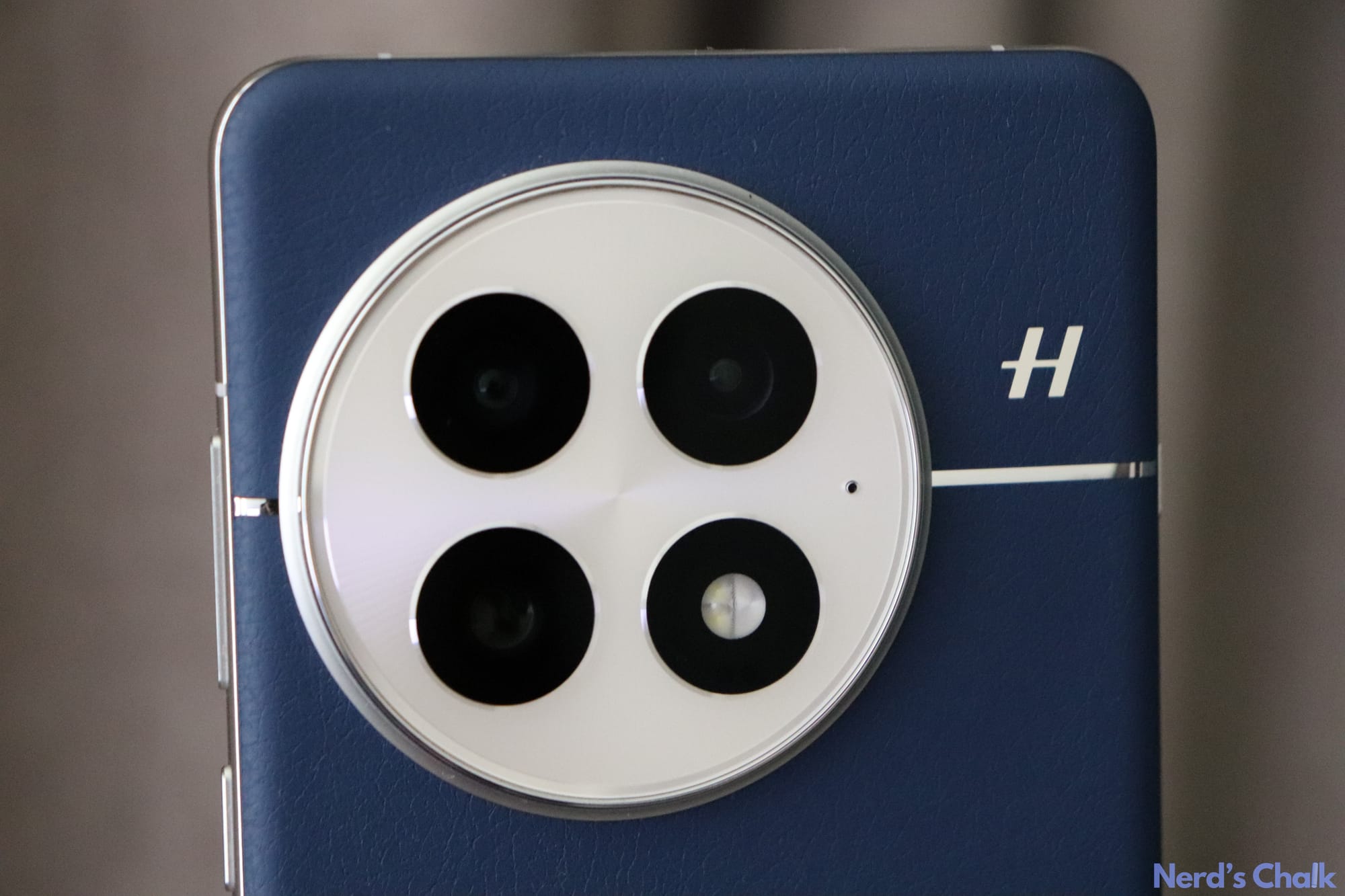

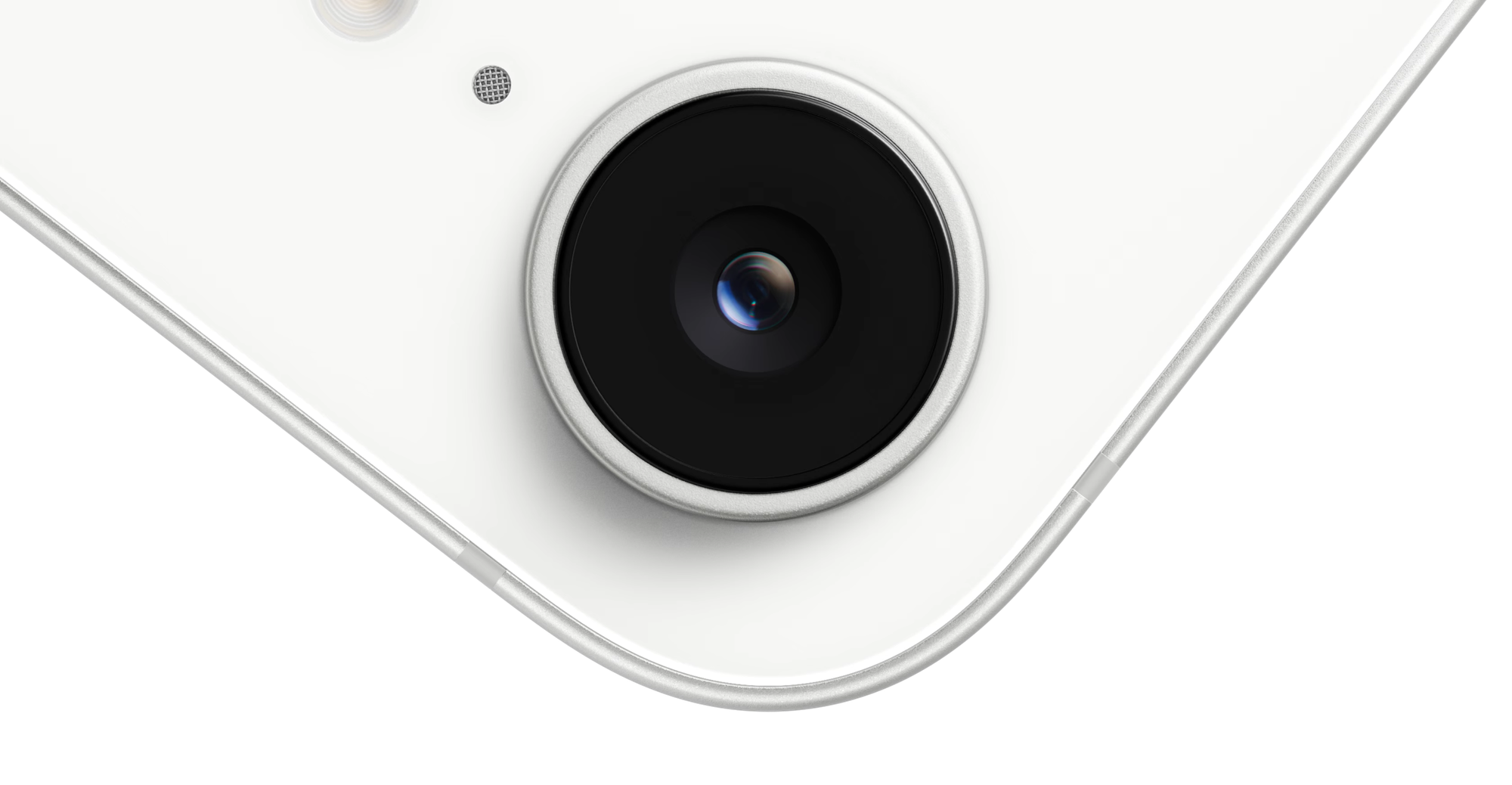
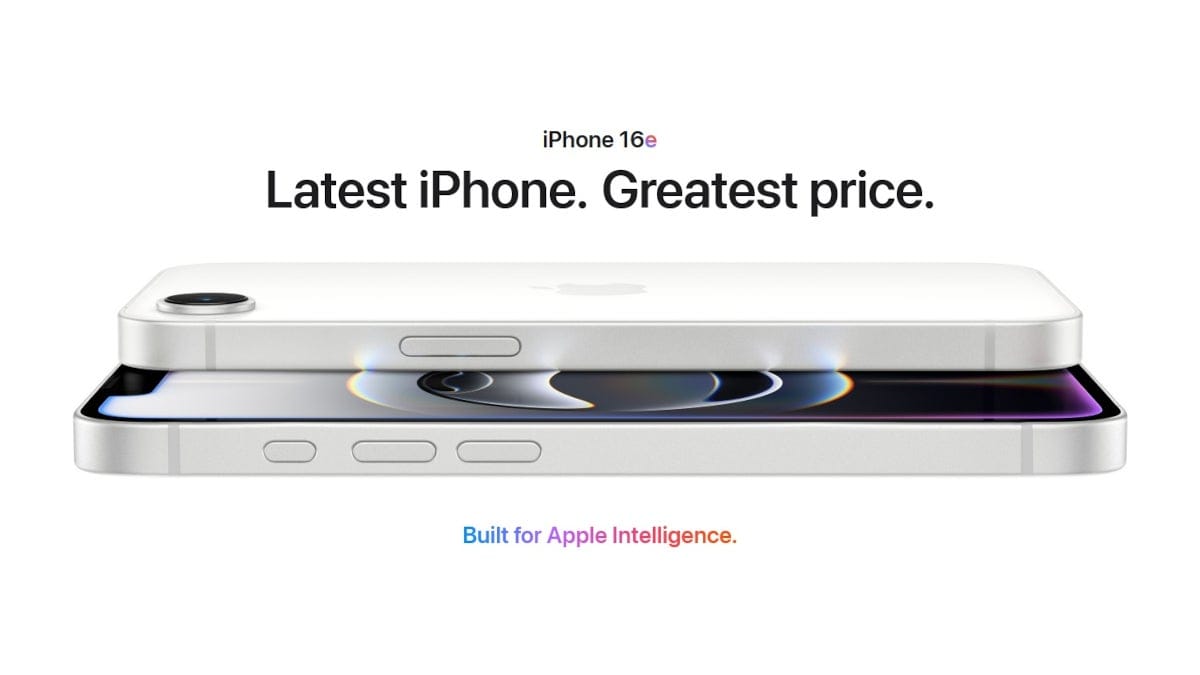

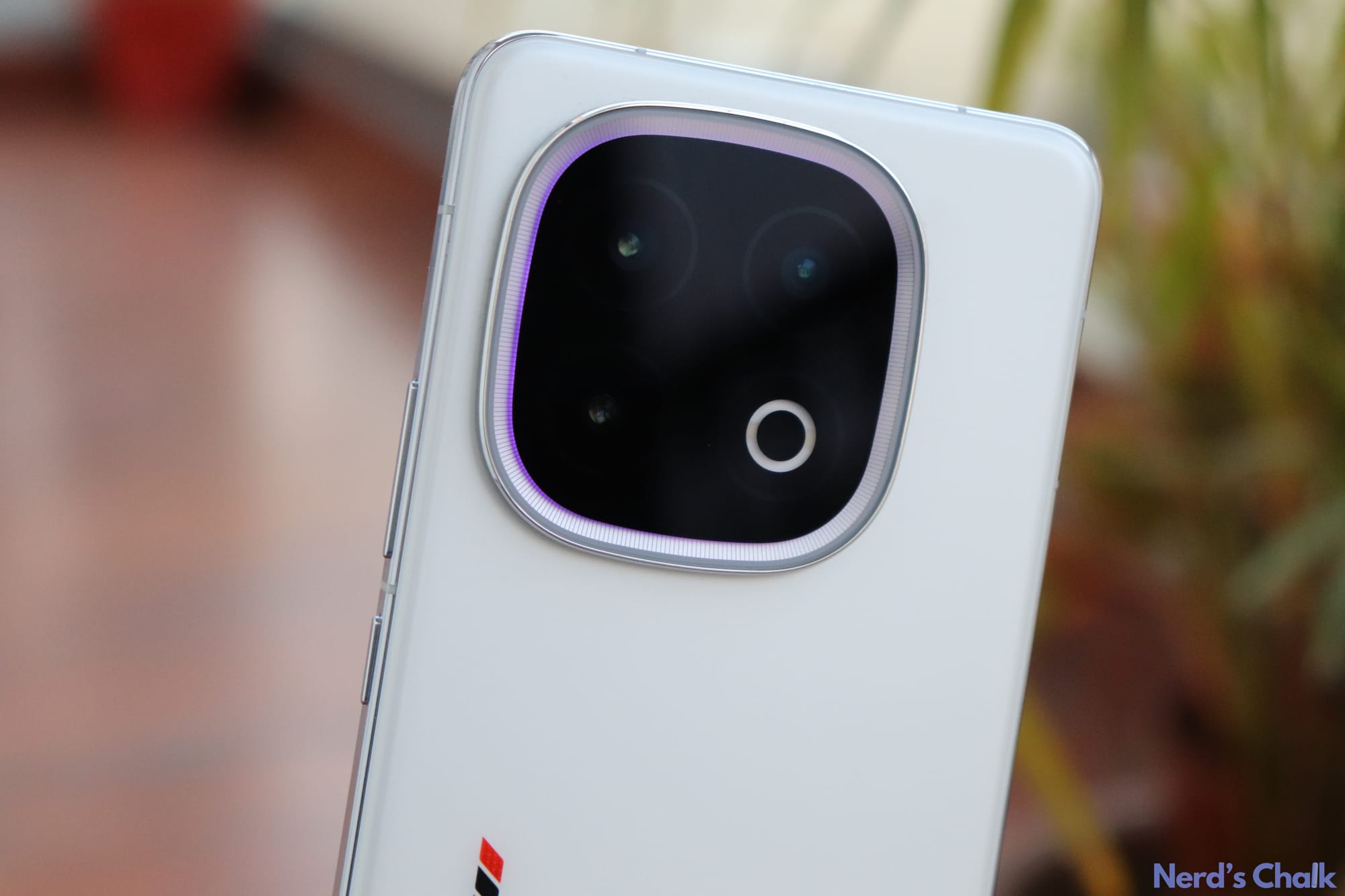
Discussion